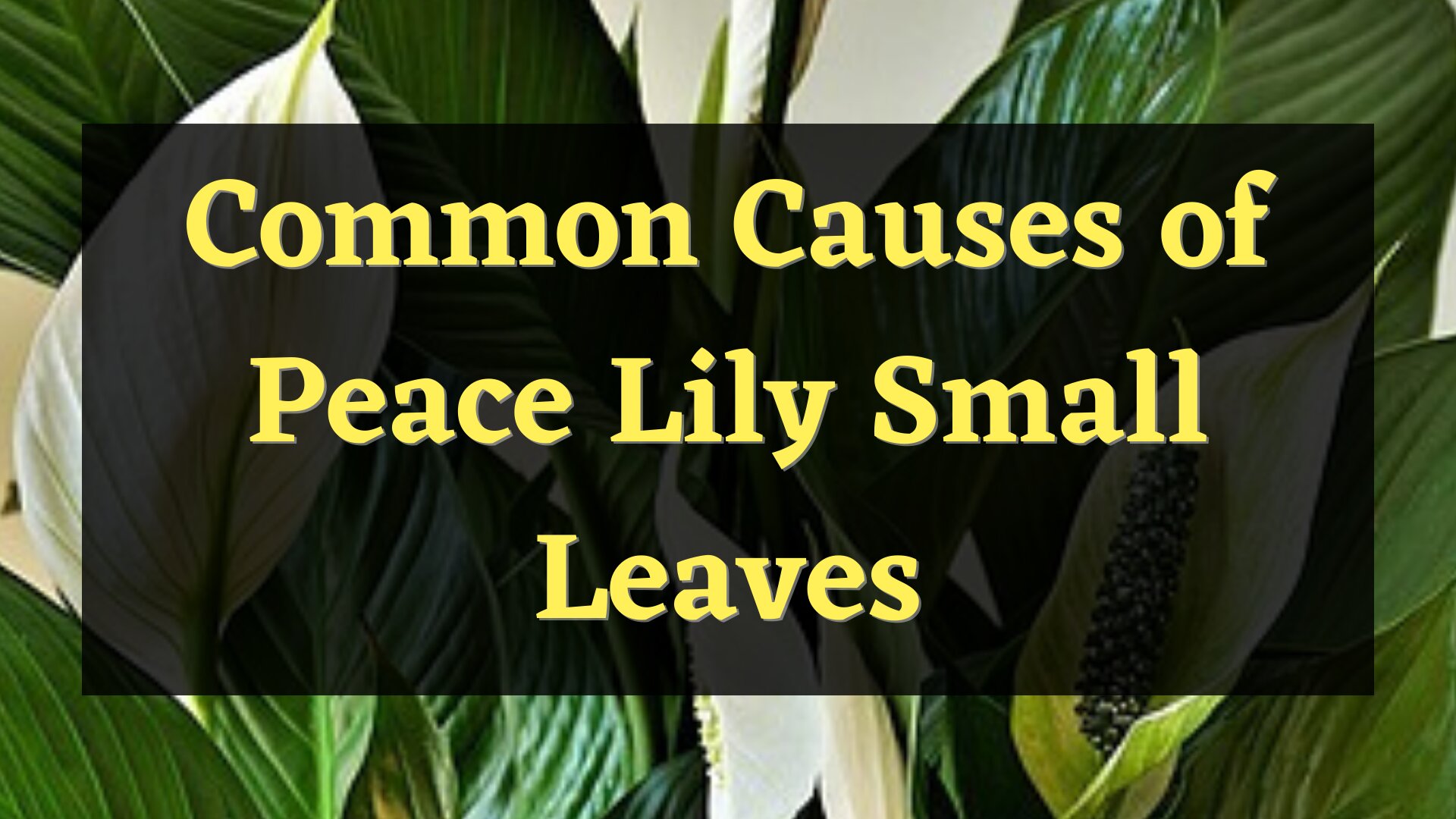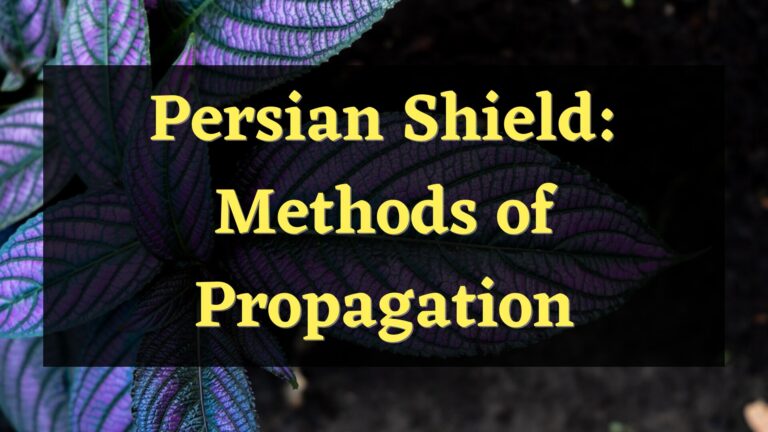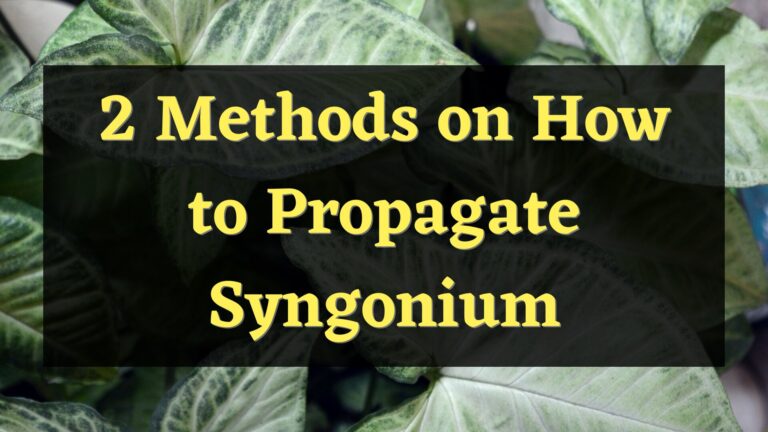It can be very disappointing to see producing a Peace lily with small leaves despite your best efforts. However, there’s no reason to just feel down. Only a small adjustment is required to get your peace lily back on track to producing beautiful foliage. First, you must know the cause of why this problem persists in the first place.
Reasons Why your Peace Lily Produces Small Leaves
Not Enough Light
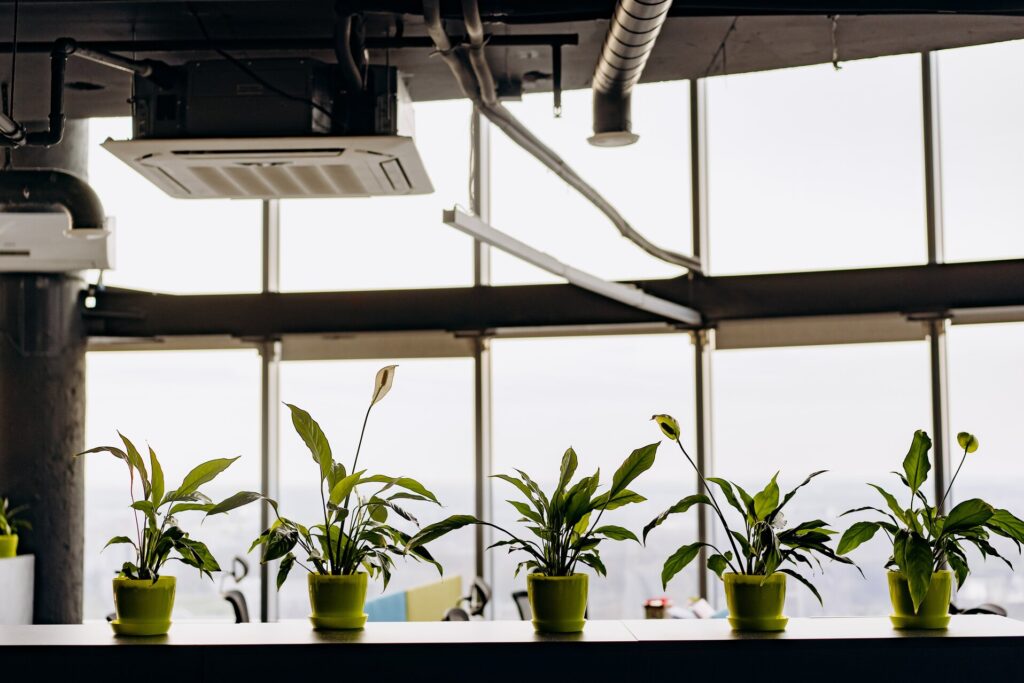
There are a lot of online rumors that many plants are excellent for windowless spaces, especially peace lilies, but it is unfortunately not true. It may be possible to sustain a Peace lily for a while with just artificial light. But surviving and thriving well are two different things. Throughout the day, bright, indirect light had preferred by peace lilies. It refers to the type of light you experience when standing a short distance from a bright window.
Not Enough Water
A peace lily prefers to have some moisture available to it at all times. It will develop most effectively when it can take in water slowly and steadily. Similar to how your bath towel feels after you’ve dried it off, the soil around your plant’s roots should always be kept damp.
Your peace lily will become stressed if the soil in its pot dries out too often in between the times you give it water. If the absence of water keeps choking it off, it won’t be able to grow that much.
Too Much Water
Even worse than the soil drying out is soil that never dries out at all. The roots of your peace lily won’t be able to receive oxygen in a wet environment. Additionally, it allows your plant’s roots to rot due to an infection caused by the microbial life in the pot.
So pay attention to the soil if you observe that your peace lily is becoming unresponsive. Wait for the top layer to dry completely before watering it again. If it takes more than five days, the soil may be retaining too much moisture.
Little Space
Becoming pot-bound can also cause the growth spur of your peace lilies. If your peace lily has started to outgrow its container, it can cause a problem called root binding. It is very easy to recognize this problem if you just take your peace lily out of its pot. Badly pot-bound roots will be crammed close to one another, which can barely leave room for soil. It is possible that the longer roots are the ones that are encircling the shorter ones.
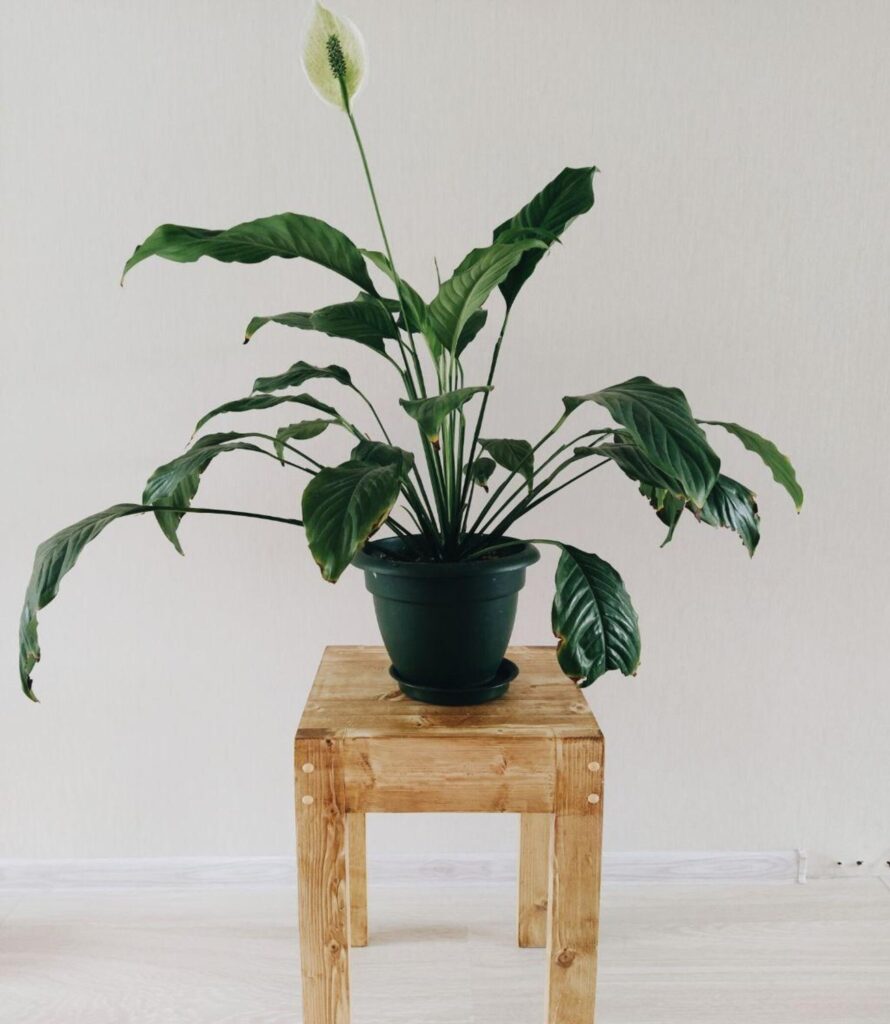
One sign that your peace lily may be root-bound is a lack of development. A pot that won’t hold water is one example; even if you pour water into it, it immediately trickles out again. It is the result of the soil has pushed out of the plant’s roots.
Proper Food Intake
In theory, a peace lily just requires sunlight, water, and carbon dioxide to feed itself by photosynthesis. However, photosynthesis is only one factor in a plant’s growth. Your peace lily will need a lot more elements in order to produce functional leaves, stems, and flowers.
These additional ingredients had supplied to wild plants by rain and the natural substances that the soil has. Fertilizers are where houseplants must acquire their nutrition. Peace lilies will deplete all of the nutrients in their potting soil after about a year. And this may be the reason why your peace lily remains small, especially if the leaves are developing in peculiar and stunted shapes.
How to Increase the Growth of Peace Lilies?

1. Move your peace lily to a location that receives more sun if it is having trouble growing. East-facing windows are frequently preferred, as they are brightest during the cooler part of the day. That provides some sunburn protection for your plant.
As long as your peace lily is at least 4 to 6 feet away from the closest window, rooms with exposure to other parts of your house can also be suitable. If you hang some sheer curtains to block the sun, you can place them closer to the windows.
2. Don’t wait to give it water until the stems and leaves start to droop. As an alternative, check the soil with your finger every 3 to 4 days. If the top inch starts to feel dry, give it a thorough soak. If you’ve done this correctly, the pot’s bottom should be dripping with water.
A moisture meter can also help you be a little more precise by allowing you to check what’s happening at the roots. When the needle is near the bottom of the “wet” range, water your peace lily immediately.
3. Your plant can die of hesitation if it has rotting roots. Remove it from the ground and cut off any roots that are slimy, squishy, or have turned black after suspecting that it has been contaminated. Sanitize or disinfect your trimmers well before you cut the roots, this will prevent additional bacteria from spreading.
When you’re finished, place your plant in a fresh pot with brand-new soil that is chunky and aerated.
4. You can put the peace lily, whose roots are entangled, in a container that is 2 inches larger than the one it is now in. To encourage the roots to spread out, gently spread them out yourself with your fingertips.
Repotting your peace lily into larger pots every 2–3 years usually solves this problem.
5. Consider applying a half-strength dose of liquid fertilizer to your plant. If the leaves start to crumple and turn yellow and brown, there’s a sign that you’ve probably gone too far. Additionally, only fertilize your peace lily once it receives sufficient light to flourish. Avoid it in the winter and fall.
How long does it take to grow?
The growth of peace lilies is moderate, and they start to mature after three to five years.
Conclusion
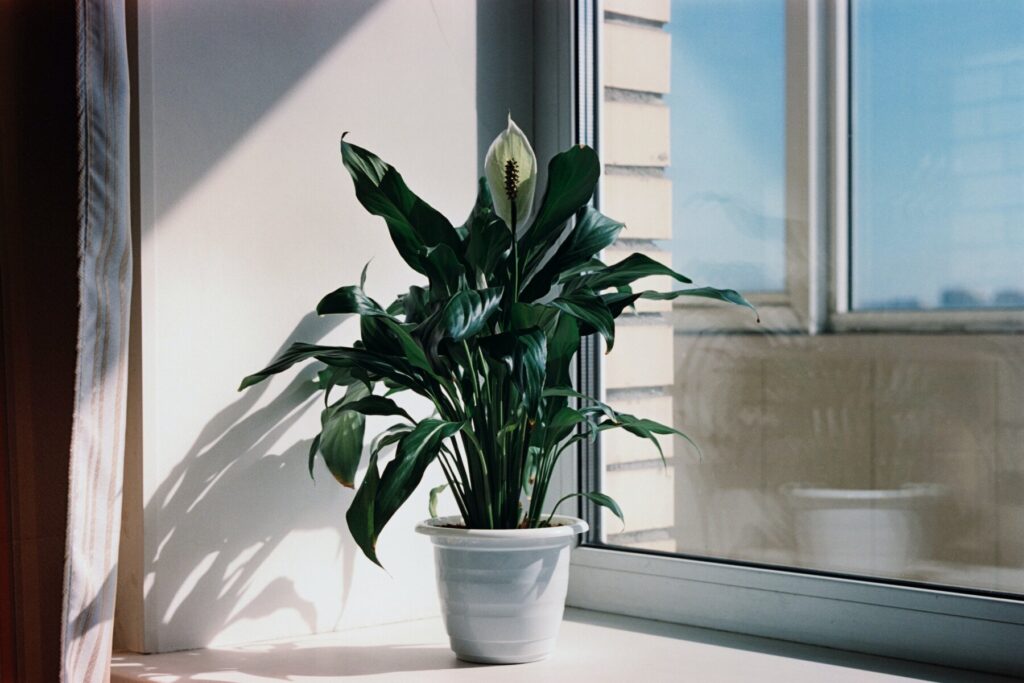
To grow a healthy plant, peace lilies require a lot of indirect light, water, and space. A small amount of fertilizer is crucial. It is also important to make sure that they are receiving the appropriate quantity of each of the things that had mentioned; light, water, and space. Giving them too little or too much can also cause negative results for your plant.

Elizabeth Mcmillan is a passionate gardener with a strong interest in plants. She used to be a teacher, but Elizabeth has spent the last few years immersing herself in the world of plants, learning about their biology and cultural value and trying out different ways of growing them in her own garden. Elizabeth Mcmillan loves indoor plants, succulents, and cacti, and her friends and family know her as a plant care expert.

